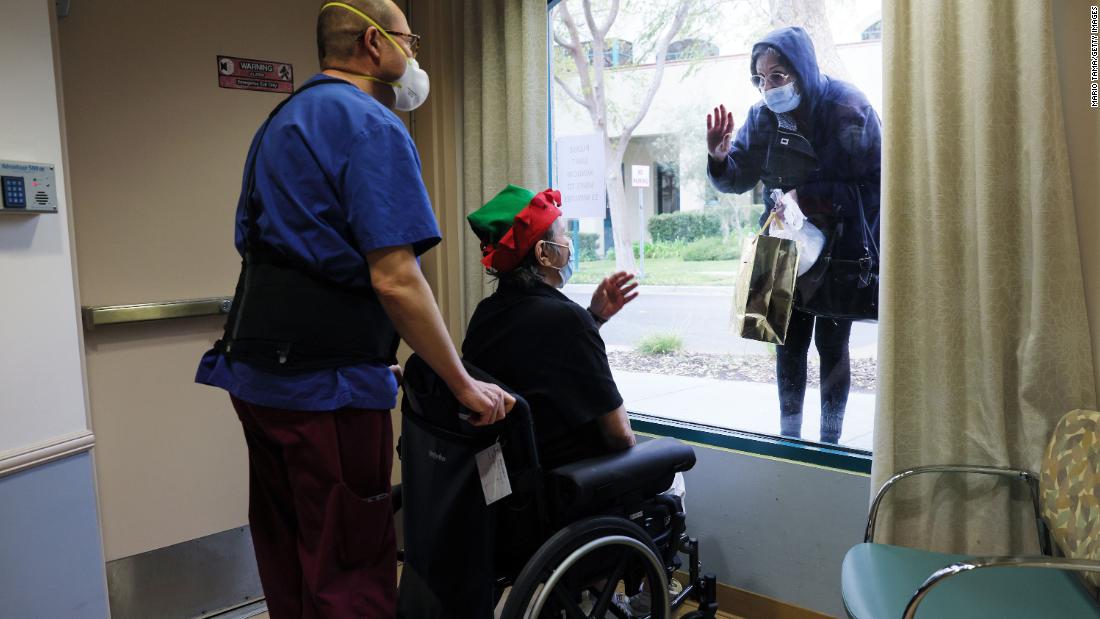
Thus far, three major phases of the pandemic have played out in the U.S. The trouble started first in the Northeast during the spring, and then spread in other major urban areas, quickly overwhelming hospitals and nursing homes. High death rates were due in part to a lack of knowledge on how to treat the infection.
The infection then exploded in the Sun Belt, where a group of refusenik governors from Georgia Florida, Texas and Arizona, perhaps in the thrall of the President, decided to treat the pandemic like a bear standing menacingly in the backyard: If they ignored the problem, maybe it would just go away.
Then in the early autumn, we saw rapidly rising cases in northern farmland states like Iowa and North and South Dakota, where defiant governors seemed to delight in directing a collective Bronx cheer at experts.
This last upturn in cases, unlike the first two, has not waned. Instead, the spread of the virus has only accelerated, with the nation going into Covid-19 overdrive in the last month. The rate of new cases and deaths across the country makes it impossible now to attribute a single cause to the alarming surge.
Take California, for example, which now comes second in new cases per population, trailing only Tennessee. Covid-19 is crushing the healthcare system, with the California Department of Public Health reporting around 39,000 daily new cases and hundreds of deaths a day as of December 23. Southern California is being hit particularly hard, with cases disproportionately affecting Latinos, who make up about 39% of the population in the state but account for about 56% of cases and 48% of deaths.
It's a mystery why California is so hard hit and why it's experiencing a surge now. Perhaps people who are tired of the restrictions and the monotony of a partial lockdown are cutting corners; maybe it's a change in the weather; maybe election events and Thanksgiving brought too many people together in close proximity; maybe the bleak economy led some to take jobs without adequate protections; maybe the virus has become more contagious; and maybe it was some combination of these factors.
At this point, rather than debate the possible cause, the focus must be on how best to control the problem; to do so, we have three distinct approaches, each with some real promise.
First and foremost, it is important to adhere to the key public health measures: masks, social distancing, avoidance of crowds. This approach remains effective, even if it has been adopted unevenly across the country. After 11 months, however, adhering to these measures can be extremely tedious and at times seemingly intolerable -- even for the most ardent public health fans, including myself.
Fortunately, broad scale vaccination is on the horizon -- but this miracle surely cuts both ways. Yes, it has given hope to the world, but it also may seduce people into thinking wrongly that it will be OK to ease up on preventative measures before the vaccine is widely available.
But the evidence is clear: Forgoing masks and social distancing will only compound this national tragedy. We are currently seeing roughly 200,000 daily new cases and more than 2,500 deaths in the U.S. per day. We can't afford to pretend this crisis is over.
The third effective intervention has been under our noses all along, although it has been grossly underutilized: aggressive, broad scale diagnostic testing. Of the Trump administration's many Covid-19 failures, its inability to develop a modern, convenient and reliable national testing program is the most unforgivable. Eleven months into the pandemic, lines to be tested are still ridiculously long and test results are often delayed by days, not hours.
Widespread testing allows people to make informed decisions. Germany and South Korea have made this the cornerstone of their effective control programs, while Hong Kong has placed test kit vending machines in subway stations. And professional sport leagues have made testing several times a week a core approach to their containment strategy.
Of all of the questions I receive from friends about Covid-19, where to test is by far the one that comes up the most. Having watched the reaction of people who have gotten their test results, it's clear that nothing strengthens their resolve to continue to mask up more than a negative Covid-19 test.
Yet we are only performing averages of less than 2 million tests per day in the U.S. While this is about double the rate in September, it still falls far short of what is necessary. In April, experts called for at least 5 million tests a day by early June to ensure a safe social opening, and 20 million tests a day by mid-summer to remobilize the economy. Others have hoped for even more aggressive goals to "test nearly everyone, nearly every day."
President-elect Joe Biden appears to understand the value of this strategy, which could bridge the many vulnerable months between now and the development of vaccine-induced herd immunity.
But until his group of science-based advisors takes control, California and the many other states overwhelmed by the disease would be well served to emphasize the importance of public health measures and start developing the most aggressive testing program they can afford. From this will come crucial information -- and perhaps just as importantly, restore the public's trust that the people in charge actually know what they are doing.
"about" - Google News
December 26, 2020 at 07:23AM
https://ift.tt/34ESpz9
The one unforgivable thing about the Covid-19 response - CNN
"about" - Google News
https://ift.tt/2MjBJUT
Bagikan Berita Ini














0 Response to "The one unforgivable thing about the Covid-19 response - CNN"
Post a Comment